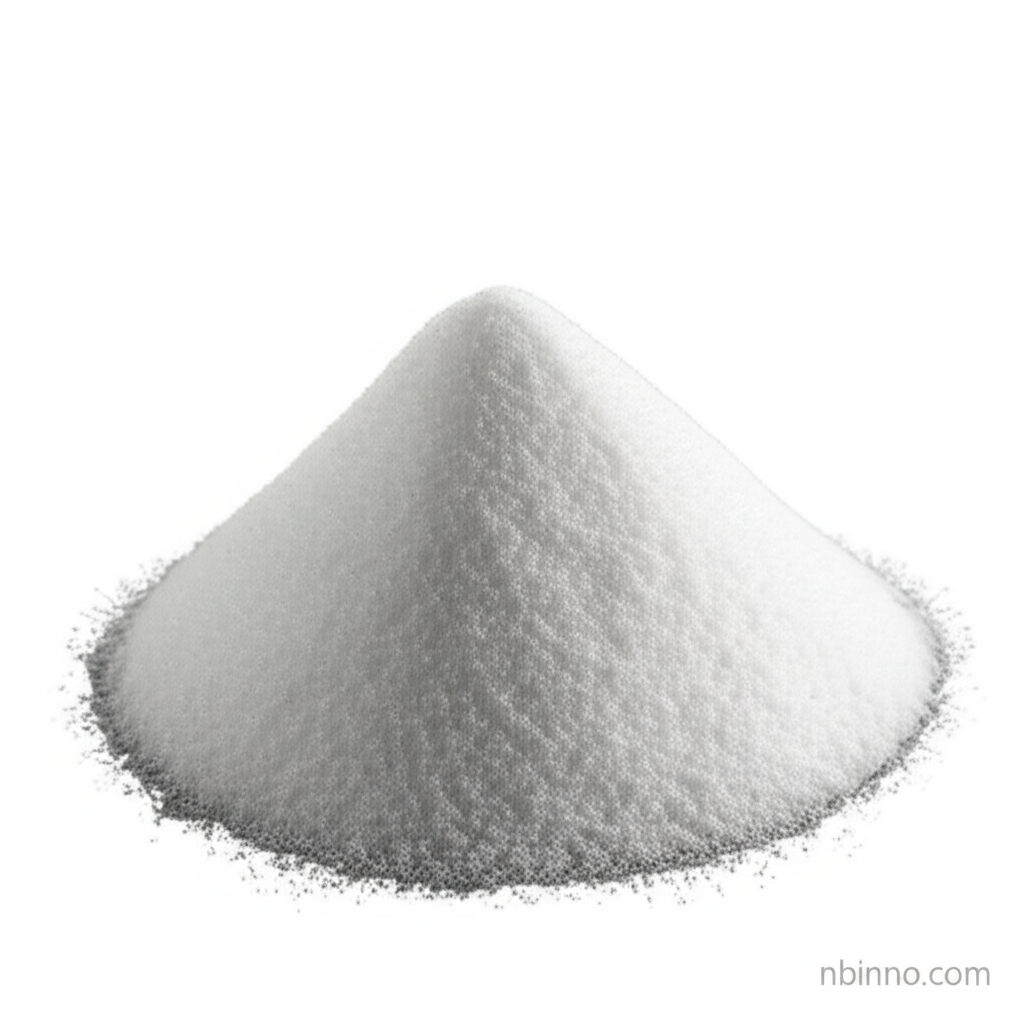Procaine Hydrochloride: A Comprehensive Overview
Discover the science behind this vital local anesthetic and its diverse medical applications.
Get a Quote & SampleProduct Core Value

Procaine Hydrochloride
Procaine Hydrochloride is a foundational local anesthetic, synthesized in 1905 as a safer substitute for cocaine. Its primary function is to temporarily block nerve signal conduction, providing effective pain relief and numbness for medical procedures.
- Understanding Procaine Hydrochloride uses is crucial for medical practitioners seeking reliable pain management solutions.
- The mechanism of action for Procaine Hydrochloride involves blocking sodium channels, a key aspect of its pain relief efficacy.
- Safe administration and awareness of Procaine Hydrochloride side effects are paramount for patient safety.
- Exploring Procaine Hydrochloride synthesis reveals the intricate chemical processes behind its production.
Key Advantages of Procaine Hydrochloride
Enhanced Safety Profile
Compared to cocaine, Procaine Hydrochloride offers a significantly better safety profile, being non-toxic and non-addicting, making it ideal for widespread medical use.
Versatile Application
From dental work to minor surgeries, Procaine Hydrochloride's ability to provide localized numbness makes it a versatile tool in various medical fields.
Cost-Effectiveness
In regions where cost is a significant consideration, Procaine Hydrochloride remains a valuable and accessible option for pain management.
Key Applications
Dental Anesthesia
Procaine Hydrochloride is widely used to numb the area around a tooth, making dental procedures more comfortable for patients, as detailed in the understanding of Procaine Hydrochloride uses.
Minor Surgical Procedures
Its effectiveness in infiltration anesthesia makes it suitable for numbing small areas during minor surgical interventions, ensuring patient comfort.
Nerve Block Anesthesia
Procaine Hydrochloride is employed to block sensation in larger areas by injecting near specific nerves, a key aspect of its pain relief capabilities.
Spinal Anesthesia
In certain medical contexts, it is used for spinal anesthesia, providing temporary loss of sensation in the lower body.
Related Technical Articles & Resources
Why Choose Us?
Leverage our expertise and state-of-the-art infrastructure to accelerate your journey from discovery to commercial success.
Global Experience
With 20 years of R&D, manufacturing, and sales experience, we proudly serve clients across 60 countries and regions worldwide.
Advanced Facilities
Our in-house R&D laboratory, pilot platform, and large-scale production workshop are equipped to meet the audit requirements of global customers.
Seamless Scalability
We facilitate a perfect transition from small-scale lab requirements (grams) to full commercialization (hundreds of tons).
